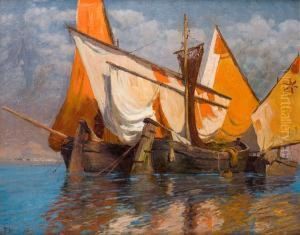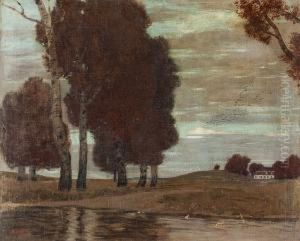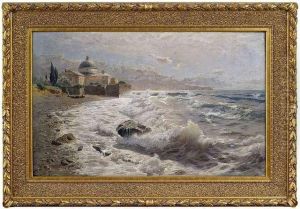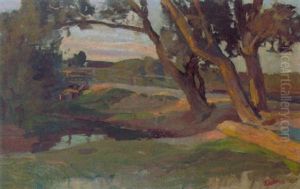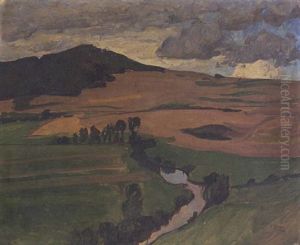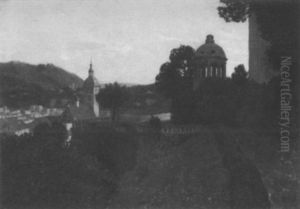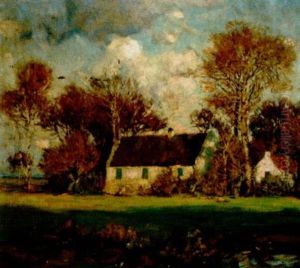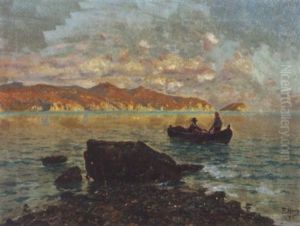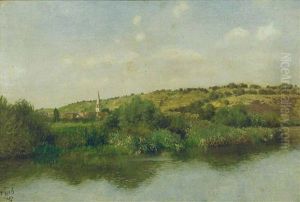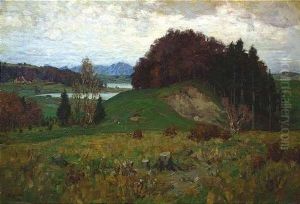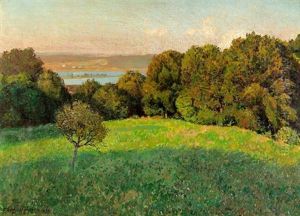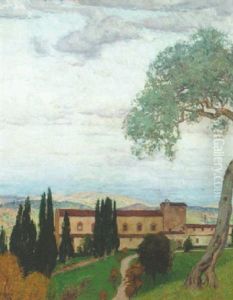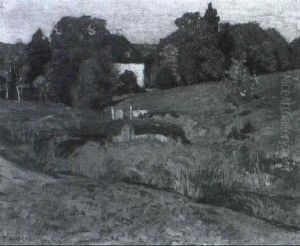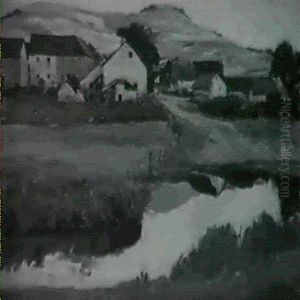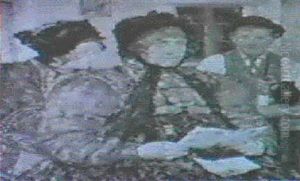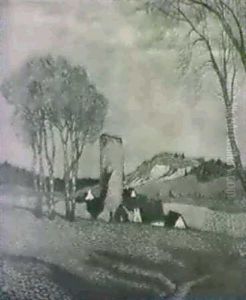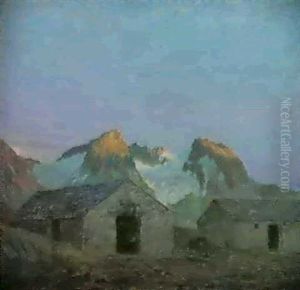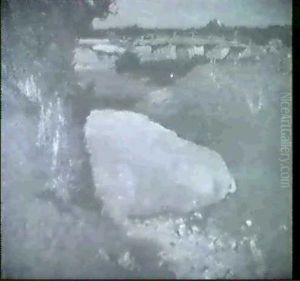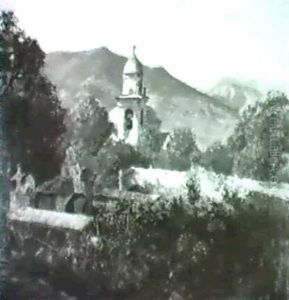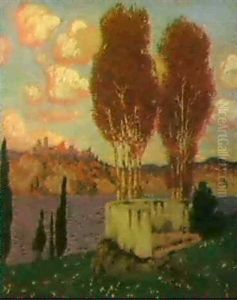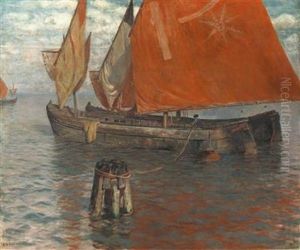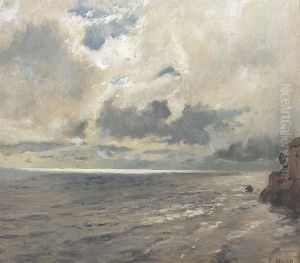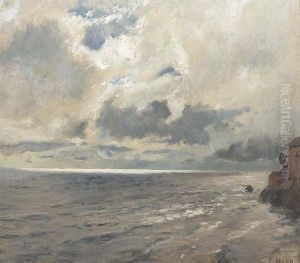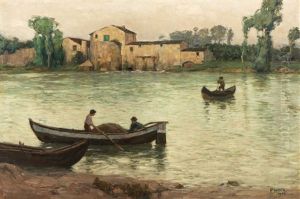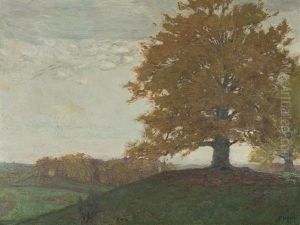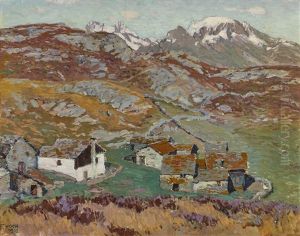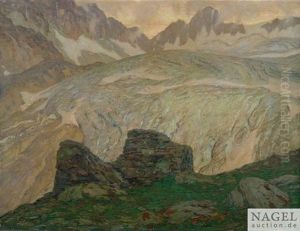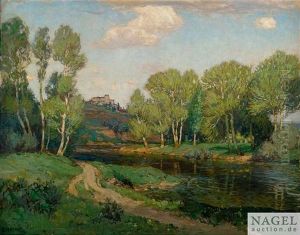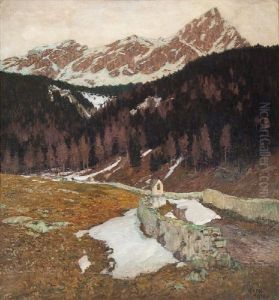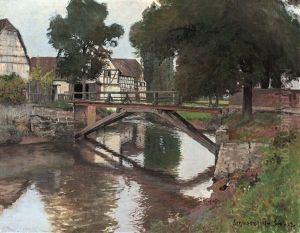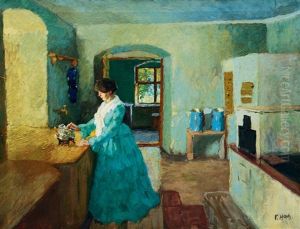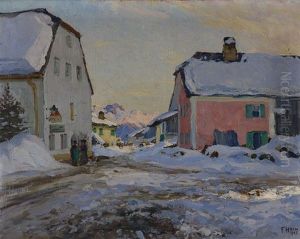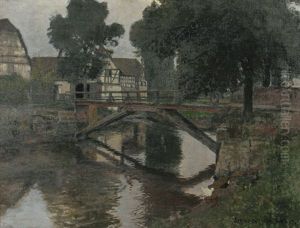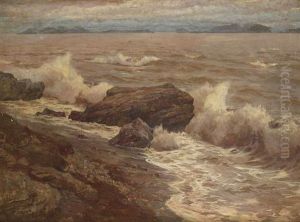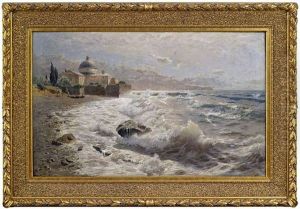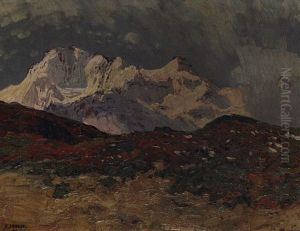Franz Xaver Hoch Paintings
Franz Xaver Hoch was a German painter known for his contributions to religious art and his role in the art education sector in the late 19th and early 20th centuries. Born on October 13, 1867, in Baden-Baden, Germany, Hoch developed an early interest in art, which led him to pursue studies at various prestigious art schools across Europe. His education was characterized by rigorous training in traditional painting techniques, as well as exposure to the emerging styles of his time, which would later influence his distinct approach to art.
Hoch's career was marked by a dedication to religious themes, often depicting scenes from the Bible with a unique blend of realism and emotion. His works were celebrated for their depth of feeling and technical proficiency, earning him commissions for churches and religious institutions across Germany. Beyond his contributions to religious art, Hoch was deeply involved in art education, taking up teaching positions at several art schools. He was committed to nurturing the next generation of artists, emphasizing the importance of mastering classical techniques while encouraging exploration of new styles and expressions.
Throughout his life, Hoch navigated the changing tides of the art world, from the dominance of academic art to the rise of modernism. Despite the shifting trends, he remained true to his vision, blending traditional and contemporary elements in his work. Franz Xaver Hoch passed away on December 17, 1940, in Munich, Germany. His legacy is preserved through his contributions to religious art and his impact on art education, with his works continuing to be admired for their emotional depth and technical mastery.


